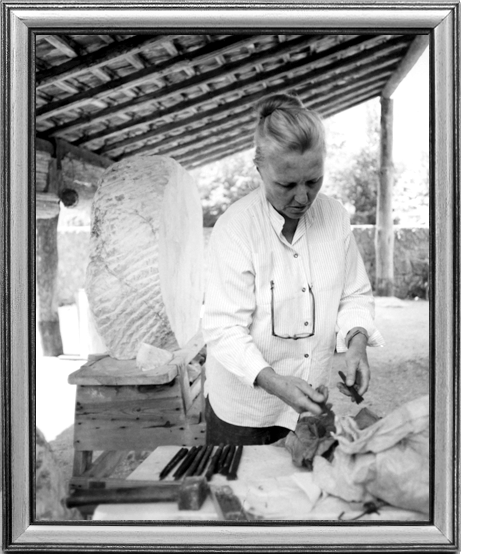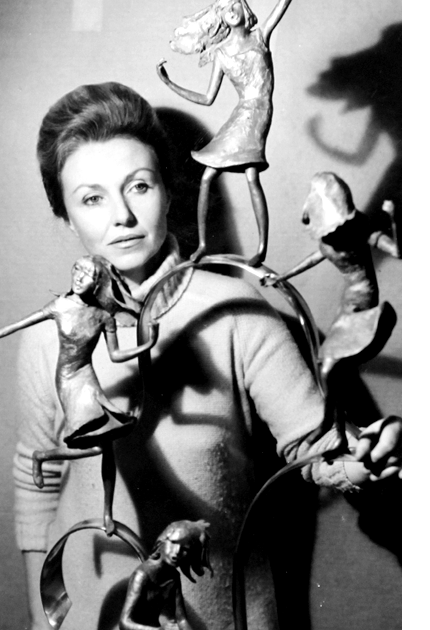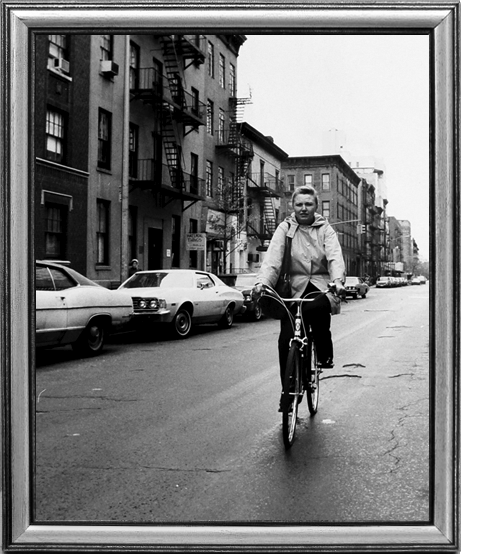
On a Sunday in 1972, I came across a little office. It had some pictures of the places for sale in the window. I spoke with a fellow there, explaining that I needed a lot of space for little money. He told me that more than ten years before, a woman had wanted to sell a huge old olive mill for, what seemed to him, a small amount. There was one stipulation; she would only sell it to an artist.
A few days later, that same man called me. Announcing, with great enthusiasm, that the place was still available. More importantly, that the owner was still alive and had not changed her asking price. I purchased the olive mill, but only after she had come to The Officina Cidonio to see and approve of my art.
I bought a spider-web, which was built by the Borboni di Parma at the end of the 16th century. It took me more than twelve years to bring the wonderful spider-web back to life. I did this so that I could live where I worked and also to have a museum for my life's work. It was a major reconstruction job and I was always one of the masons. Only two other masons worked on it aside from me. All of the electricity and heating was contracted out.

Many years, after the initial twelve, were spent putting the place to together. Installing the sculptures and acquiring the tools needed for my carving studio and stone yard. In order to pay for the continued reconstruction of the mill, I had to honor the commissions I was lucky enough to receive.
The new work was then shipped to my New York studio at 140 Thompson Street in SoHo. Isamu Noguchi loved my mill and wanted to come work with me. I felt that if I allowed him to move in, it would soon become his studio. In which case, I would end up working for him. He insisted that I should come work at his studio on the island of Shikoku. I had just purchased the olive mill, which was to become my Working Place and Sculpture Garden in Tuscany. After such an expenditure, I could not financially afford to make the move.

"Living with me here are stone, water, wind, nature, light and shadow, and the theater. We work together and they are my friends. My work comes from my life, going towards life. It is best explained by my work.
My wish is to continue to be healthy and to feel loved."
– Carla Lavatelli
I was so busy with all the projects that I had undertaken, that it, fortunately, helped me to overcome my brother, Erminio’s, death. The loss of his total commitment and advice concerning my work, which he sincerely admired, and also the loss of the wonderful life I had at The Officina. The great friends I had made while there were also lost, except Isamu Noguchi and Marino Marini.
I had my studio in New York for approximately 35 years. My experiences there were both fabulous and tragic. However, I always came back to Tuscany each year for 4-5 months for the mere joy of coming here. Then I would return to New York with the same great joy and enthusiasm. I eventually sold my New York studio in 1996 after my second round with cancer and the cancellation of my exhibit at Leo Castelli one month before its opening.









